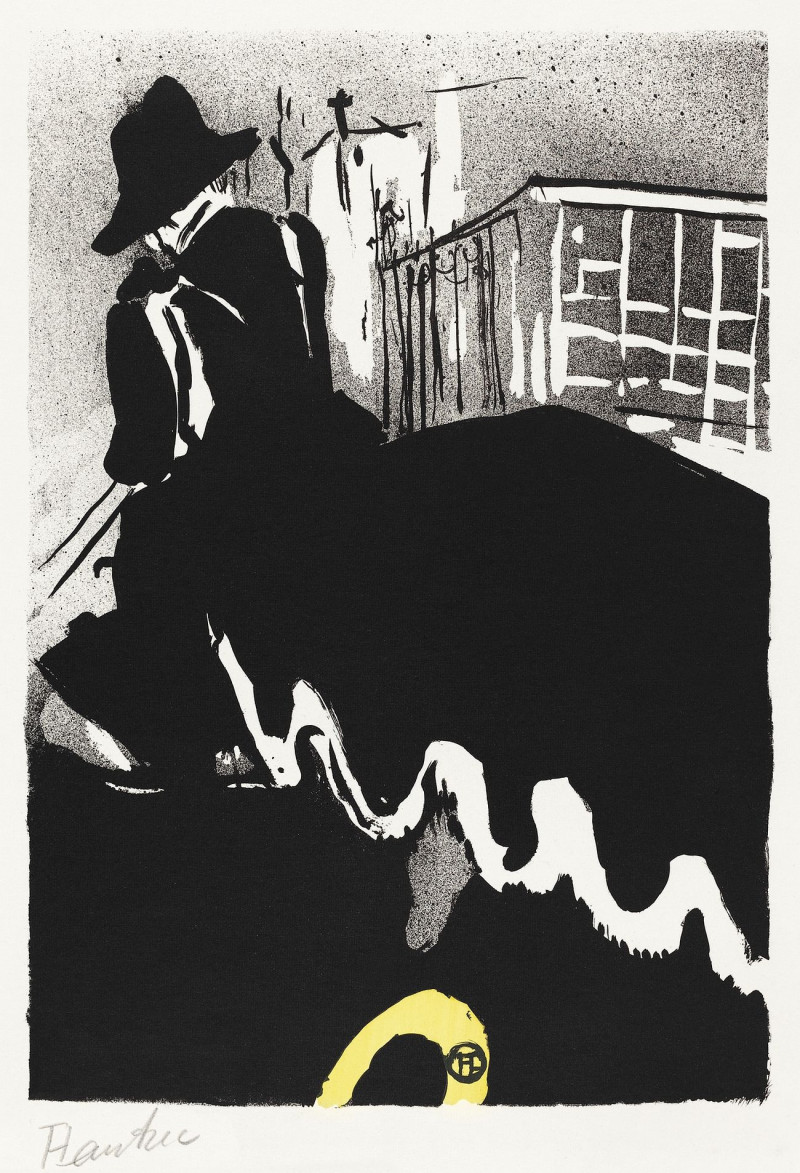Self-Seer II (Death And Man) (1911)
Technique: Giclée quality print
Recommended by our customers
More about this artwork
Egon Schiele's "Self-Seer II (Death and Man)" is a compelling and haunting exploration of mortality, painted in 1911. This deeply introspective work, as the title suggests, features two figures that appear to confront each other: a self-portrait of the artist and a symbolic representation of death. Schiele's use of angular, disjointed lines and a muted palette underscores the somber theme of the painting.On the left, the figure of Death is rendered with a skeletal face, its stark white bones a glaring contrast to the shadowy tones that dominate the canvas. The figure's bony hand reaches out, possibly toward the viewer or as a gesture towards the other figure, which represents Man - presumably Schiele himself. This figure, while more fleshed out than Death, still carries an expression of deep contemplation or resignation, acknowledging the inevitable presence beside him.The background and the detailing of the painting swirl with a mix of earthy brown and dark tones, giving the atmosphere a turbid and oppressive feel. This choice of color and form effectively conveys the tension and unease inherent in the subject matter, pulling the viewer into a visceral encounter with the existential themes that preoccupied Schiele throughout his career."Self-Seer II (Death and Man)" is not just a visual artwork but a philosophical query into the nature of human existence and its transient beauty, rendered with the profound emotionality and rawness that Schiele is renowned for.
Delivery
Returns
Egon Schiele was an Austrian painter. A protégé of Gustav Klimt, Schiele was a major figurative painter of the early 20th century. His work is noted for its intensity and its raw sexuality, and the many self-portraits the artist produced, including nude self-portraits. The twisted body shapes and the expressive line that characterize Schiele's paintings and drawings mark the artist as an early exponent of Expressionism.

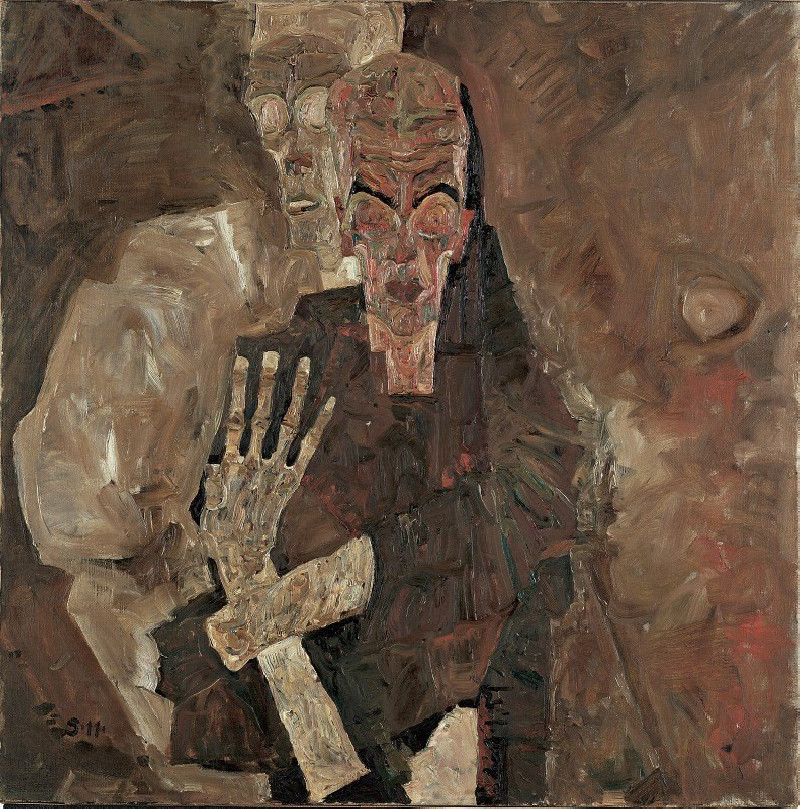

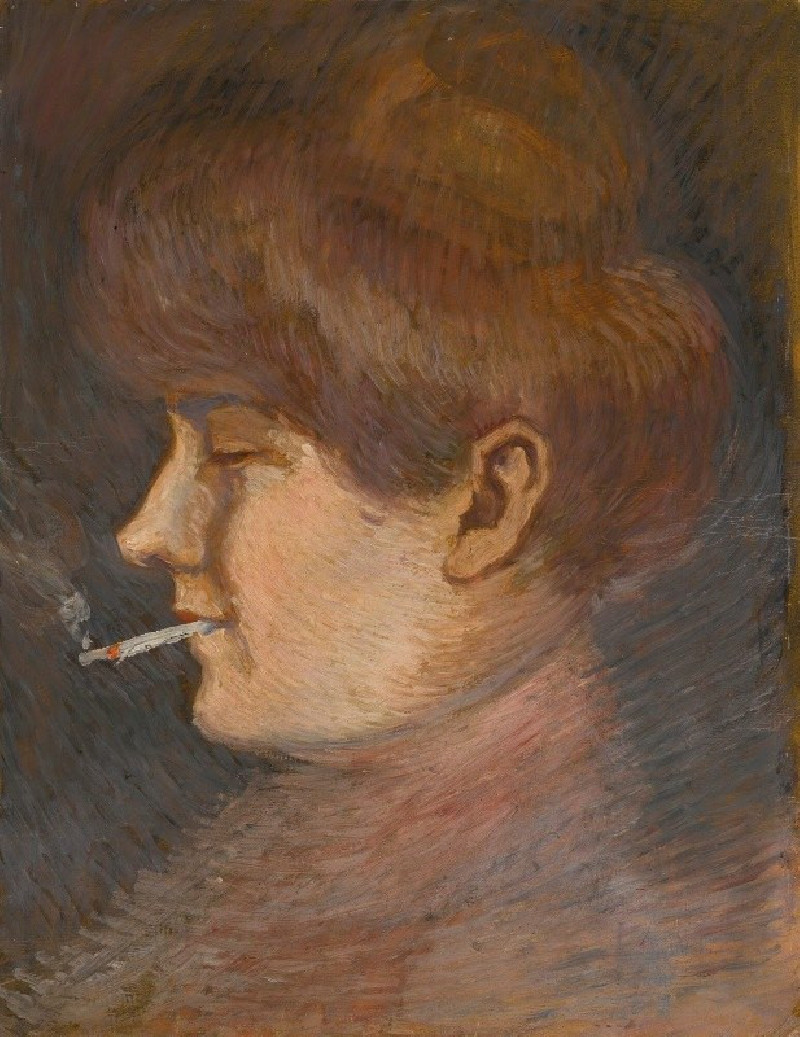

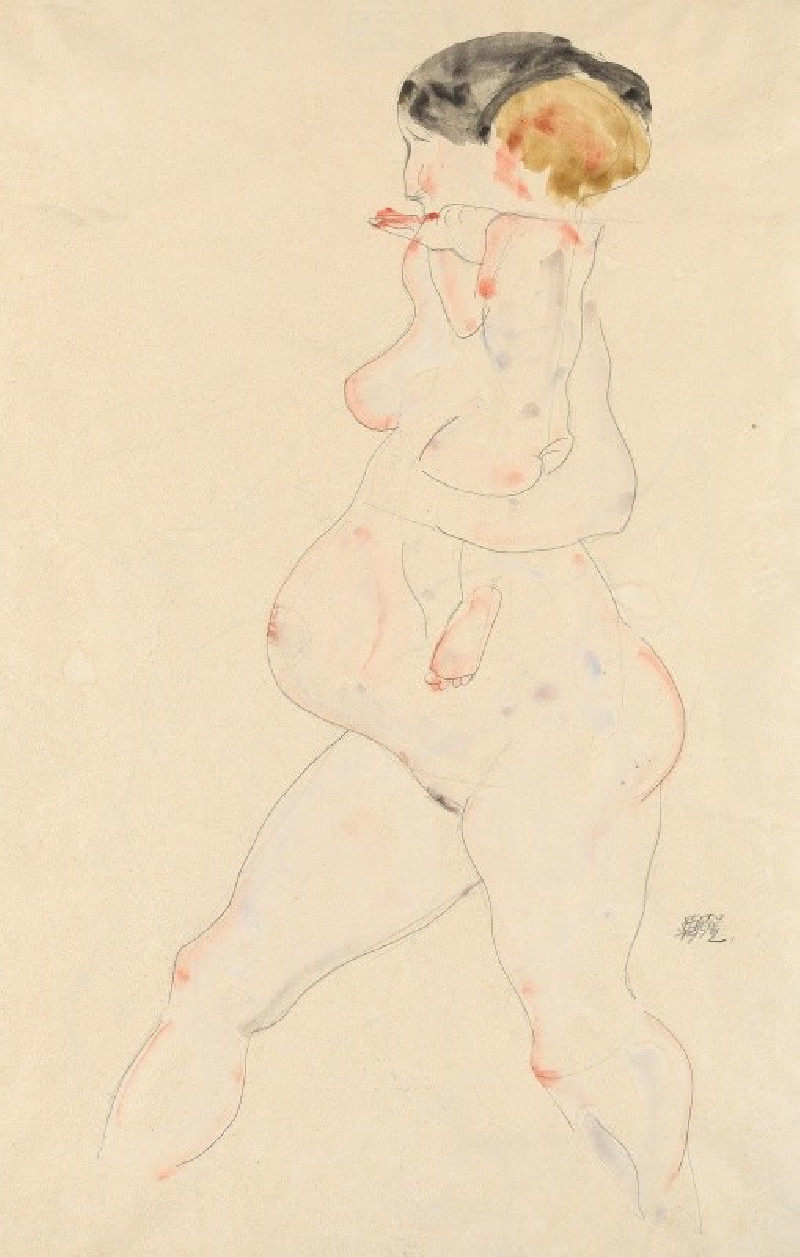

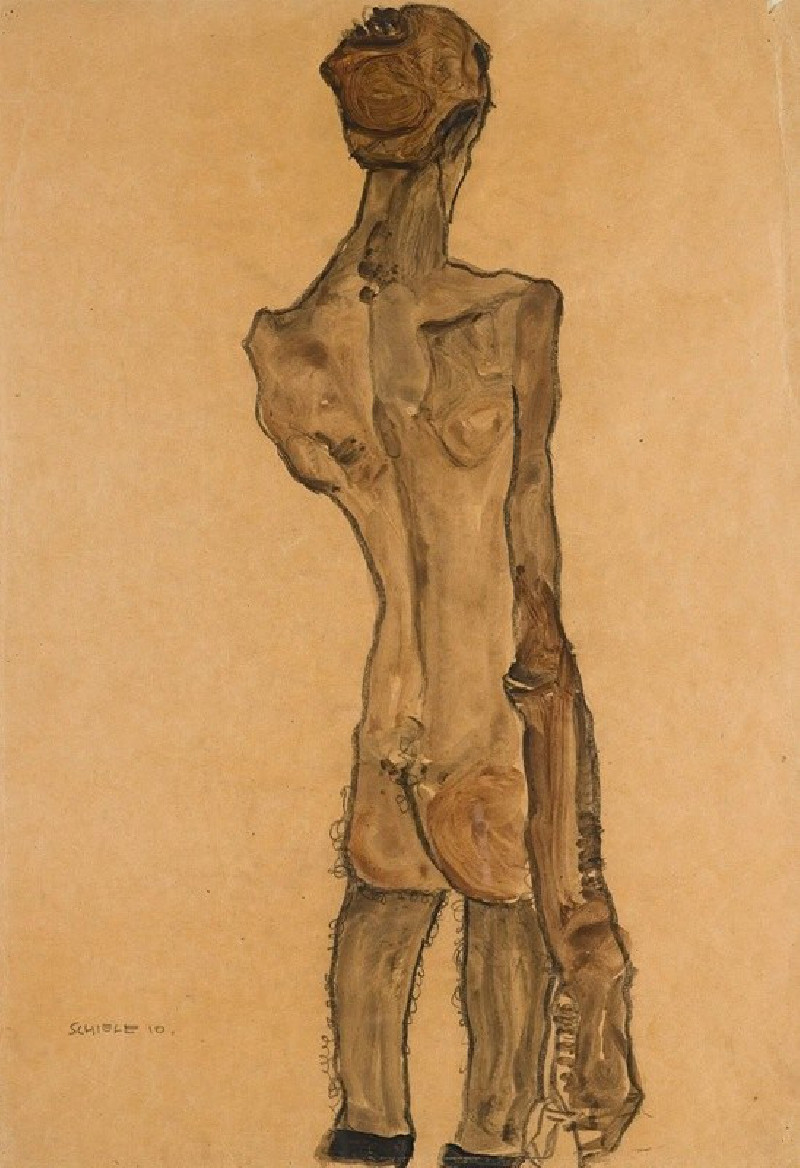
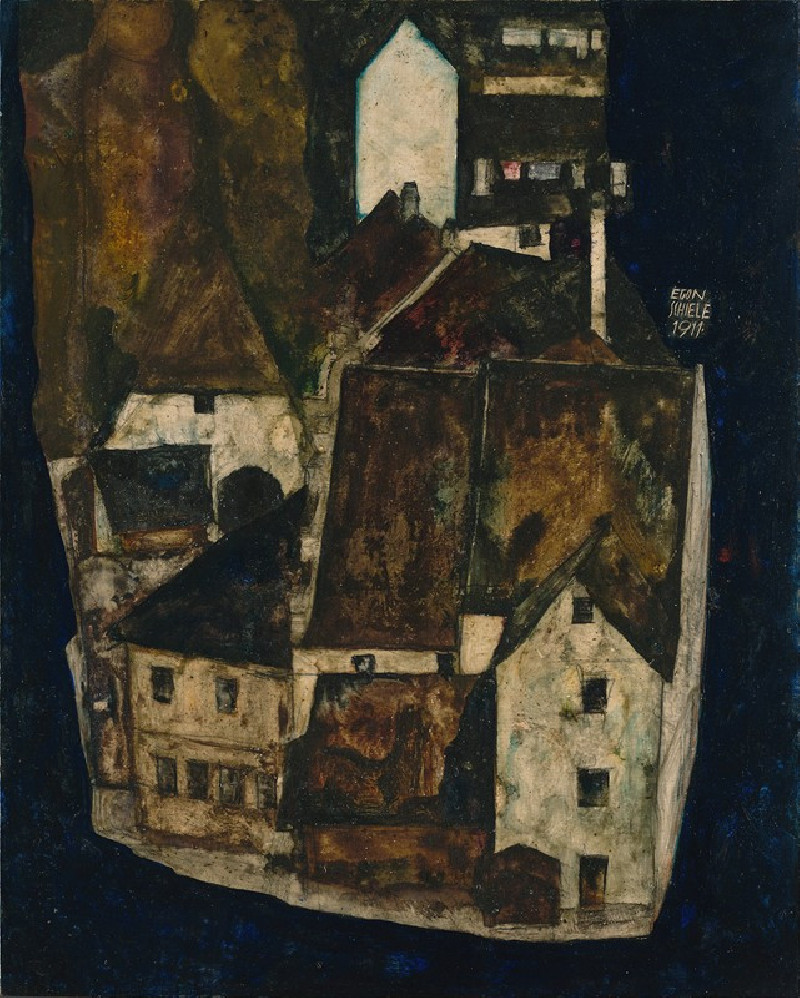
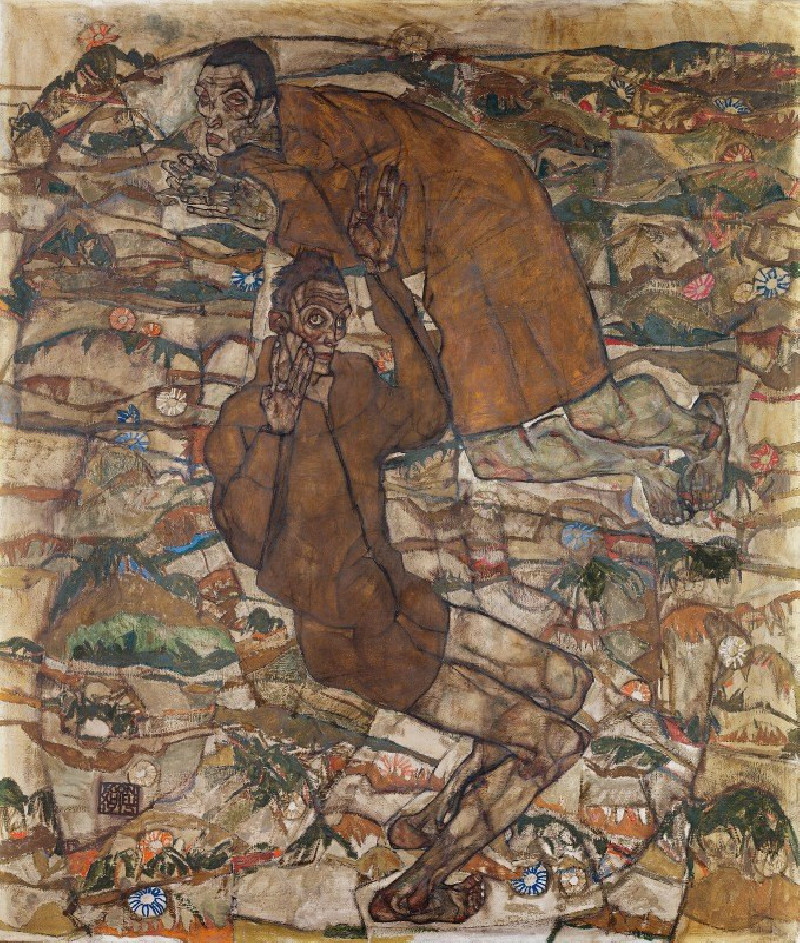

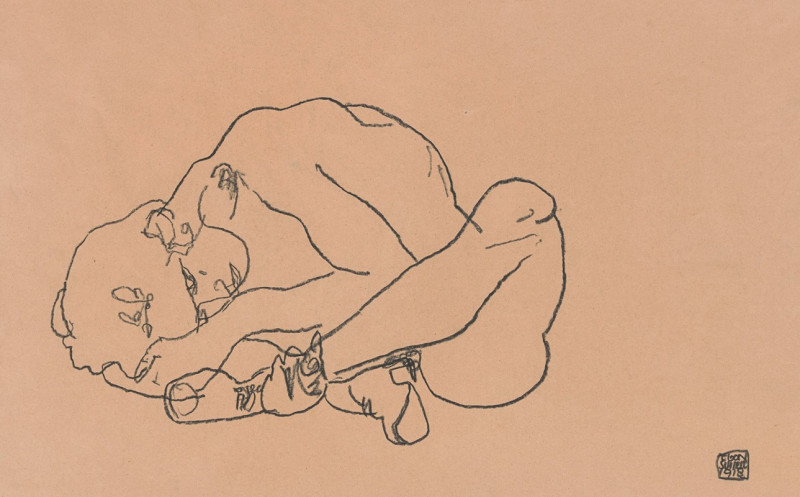
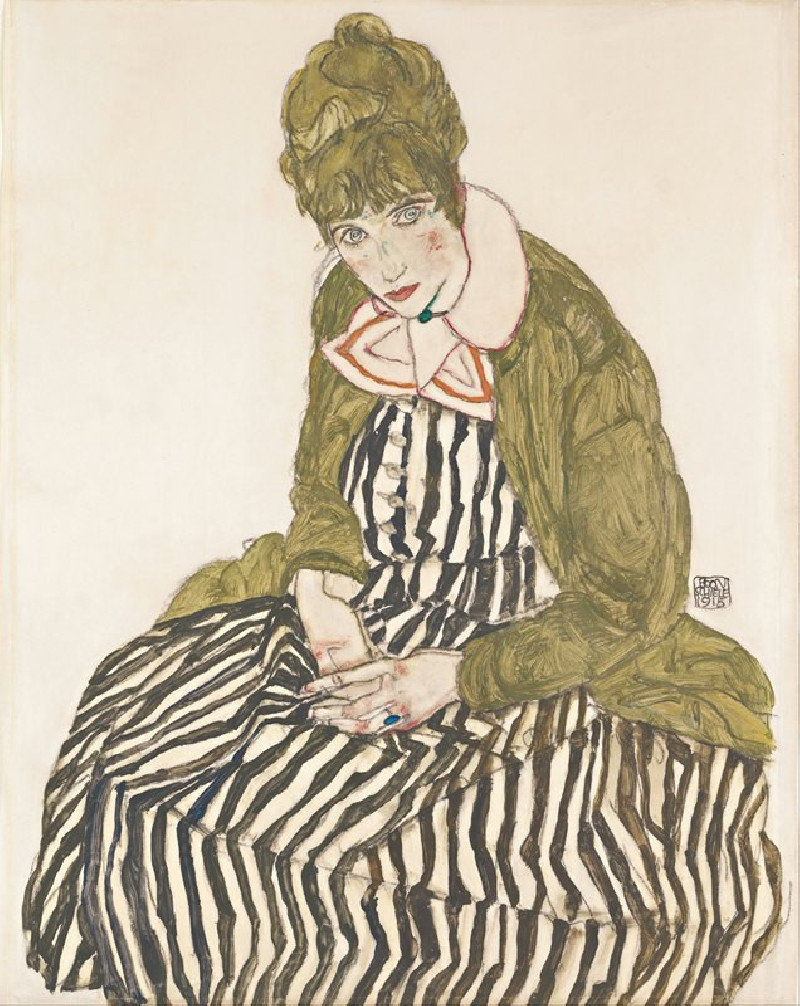
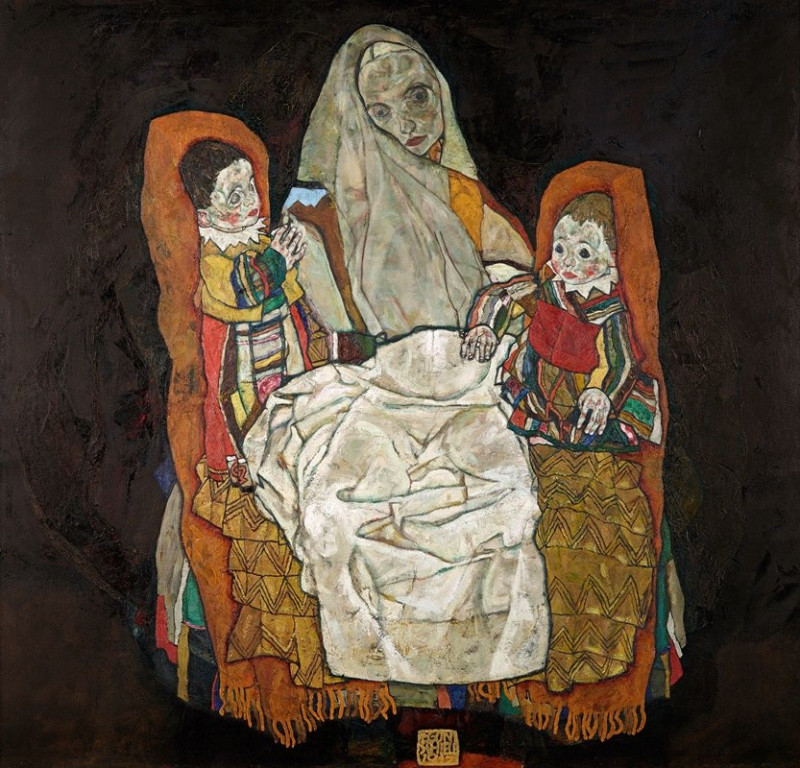
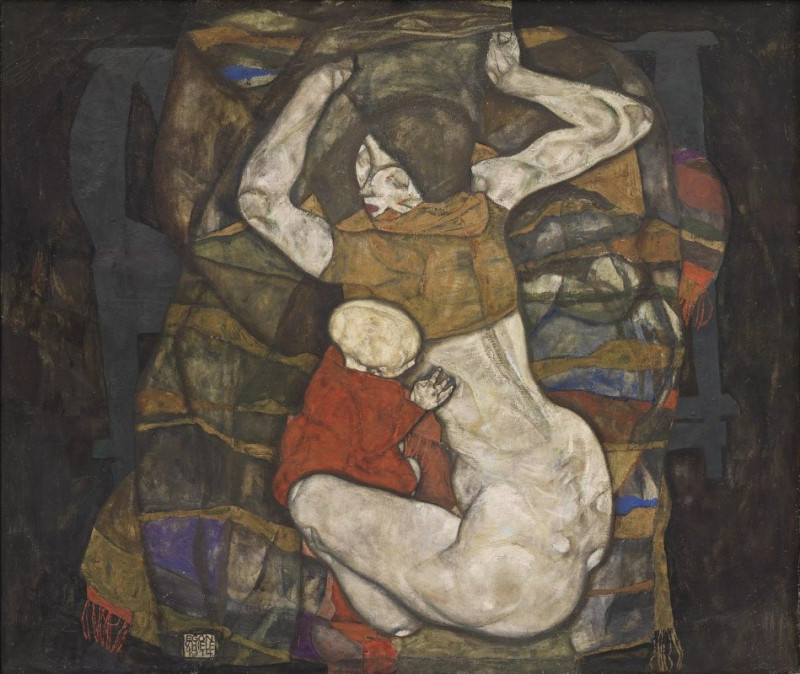
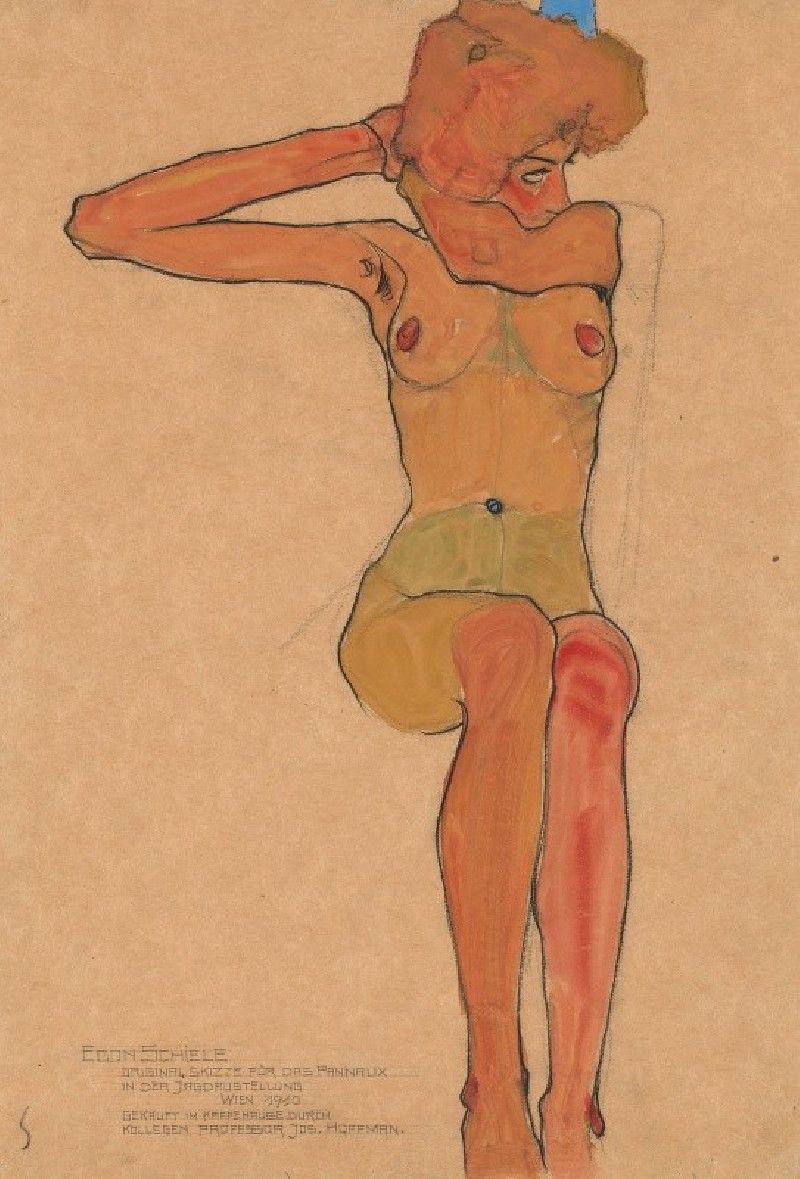
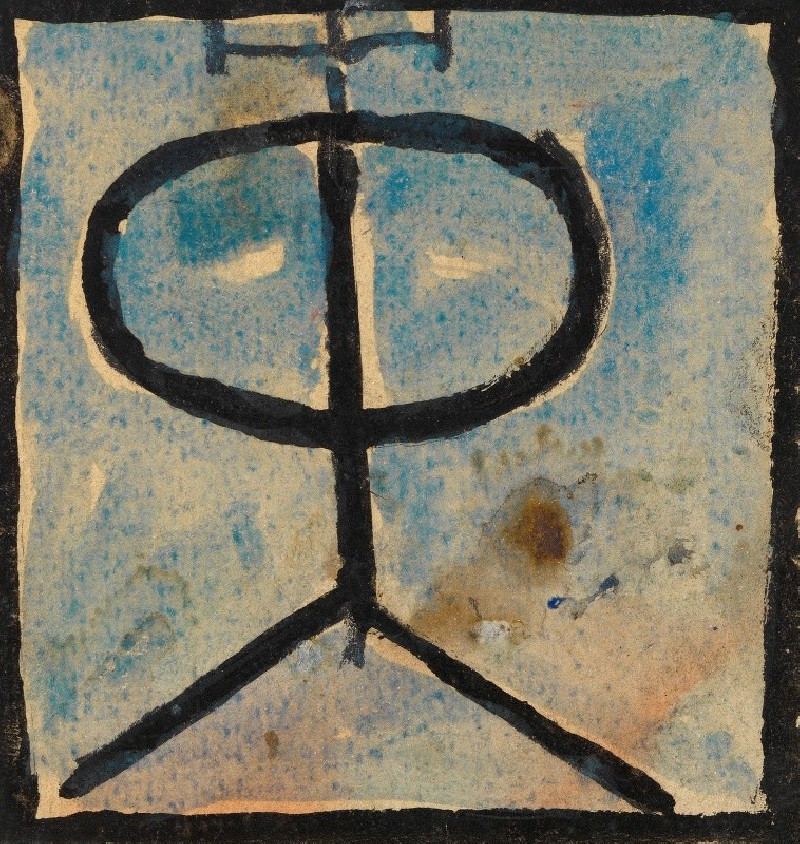
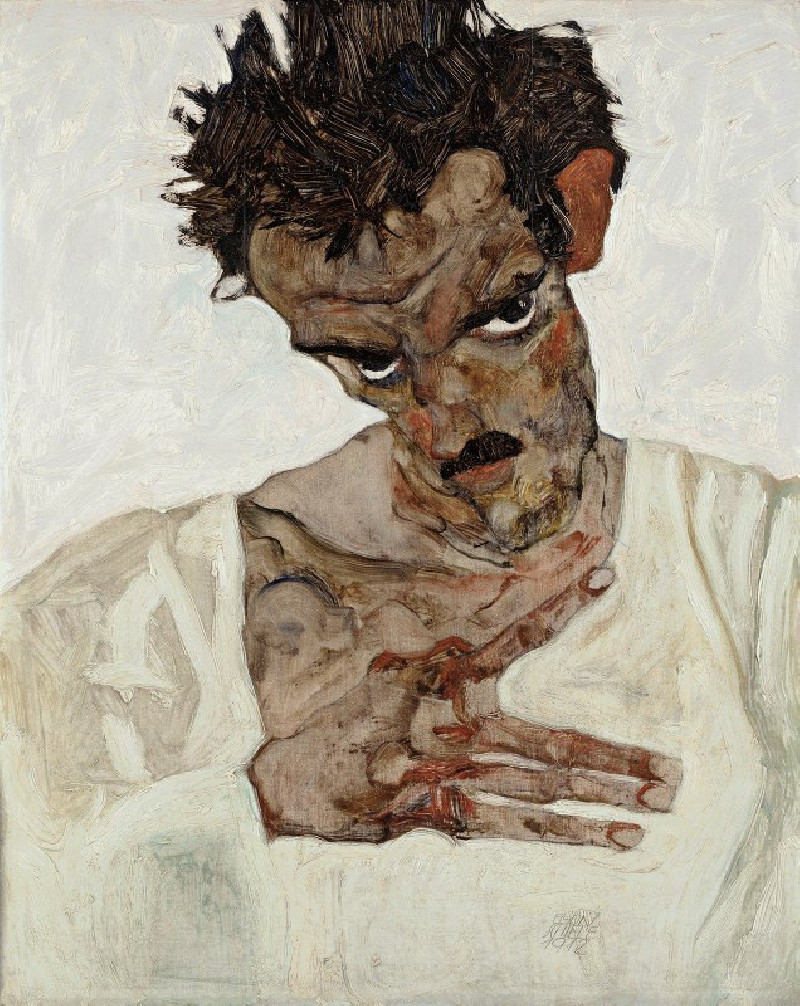
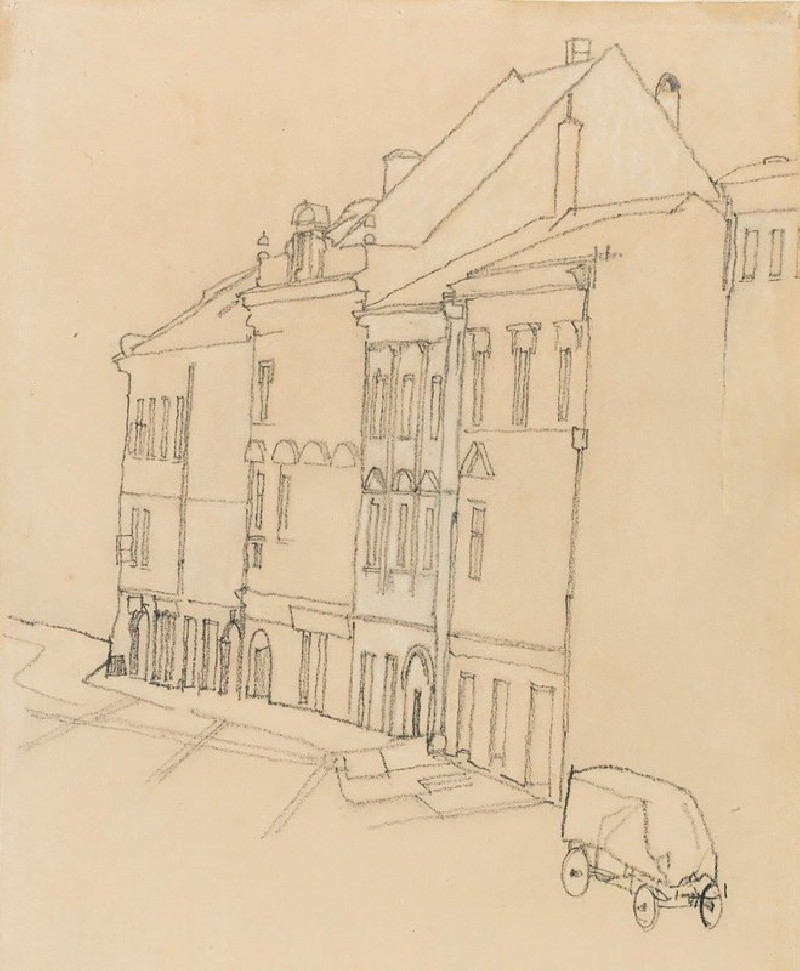
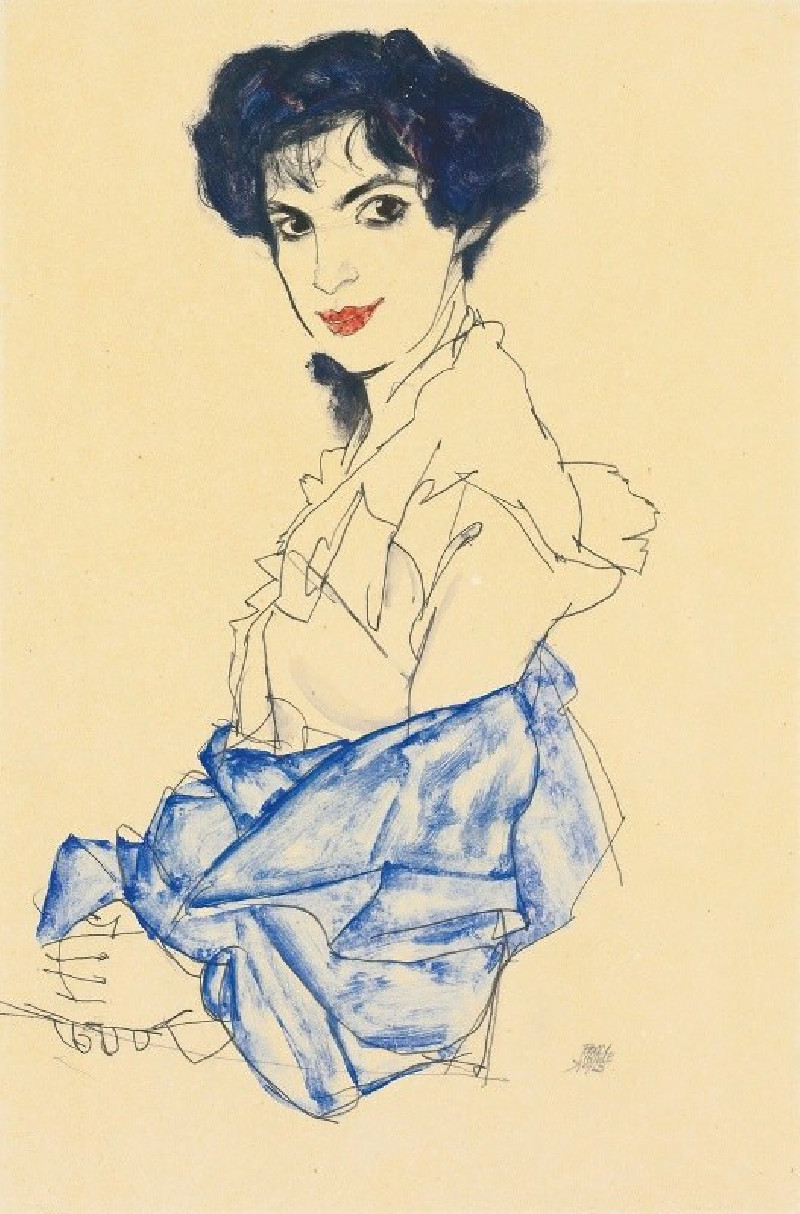
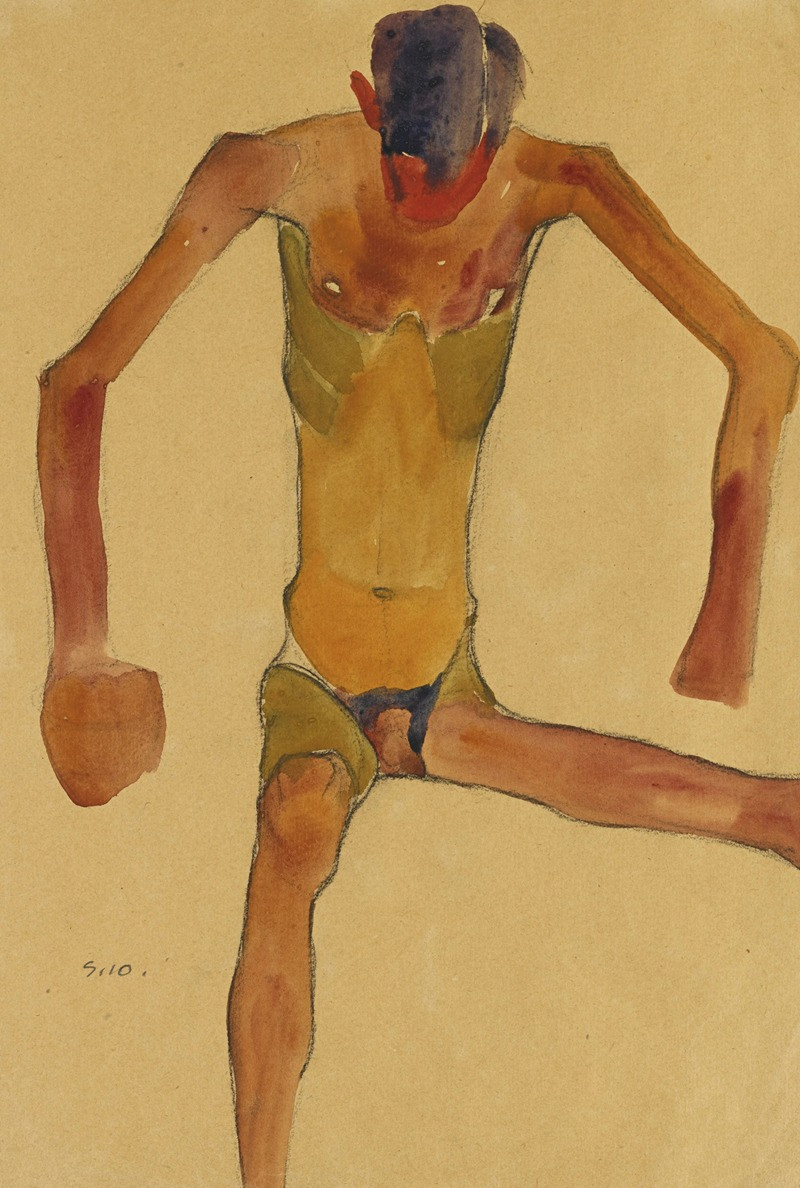
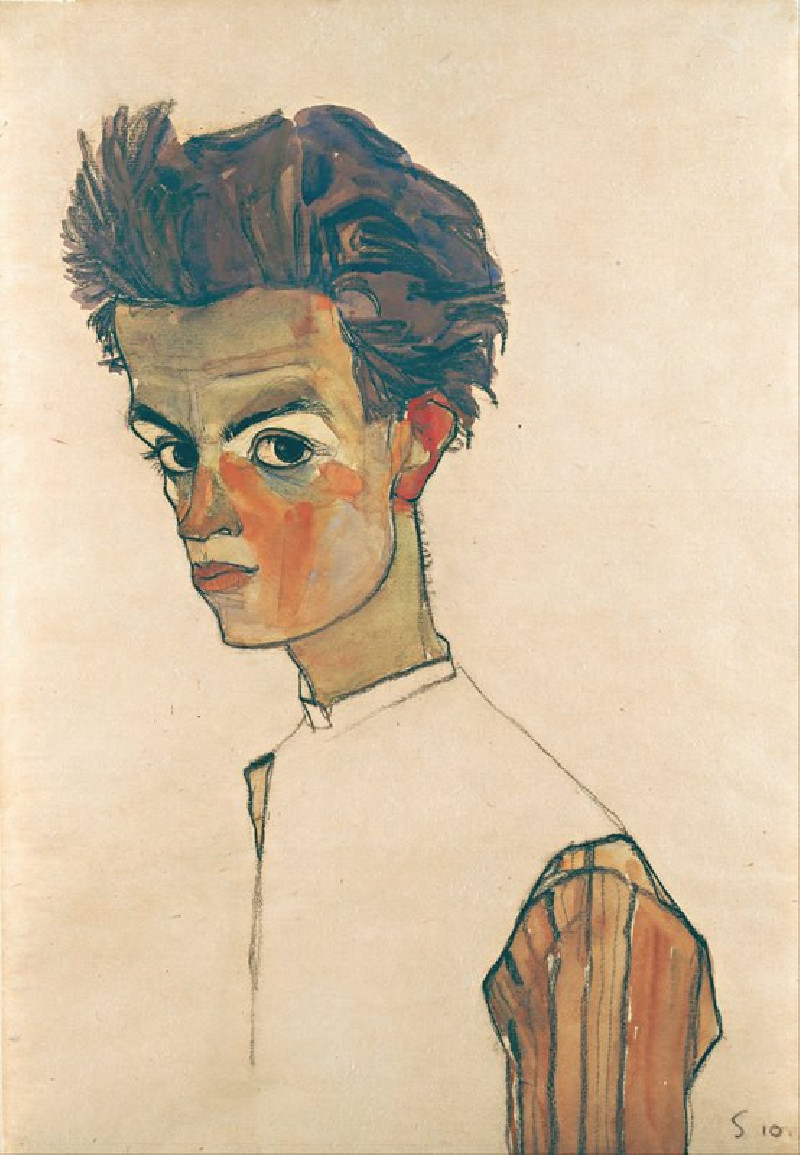
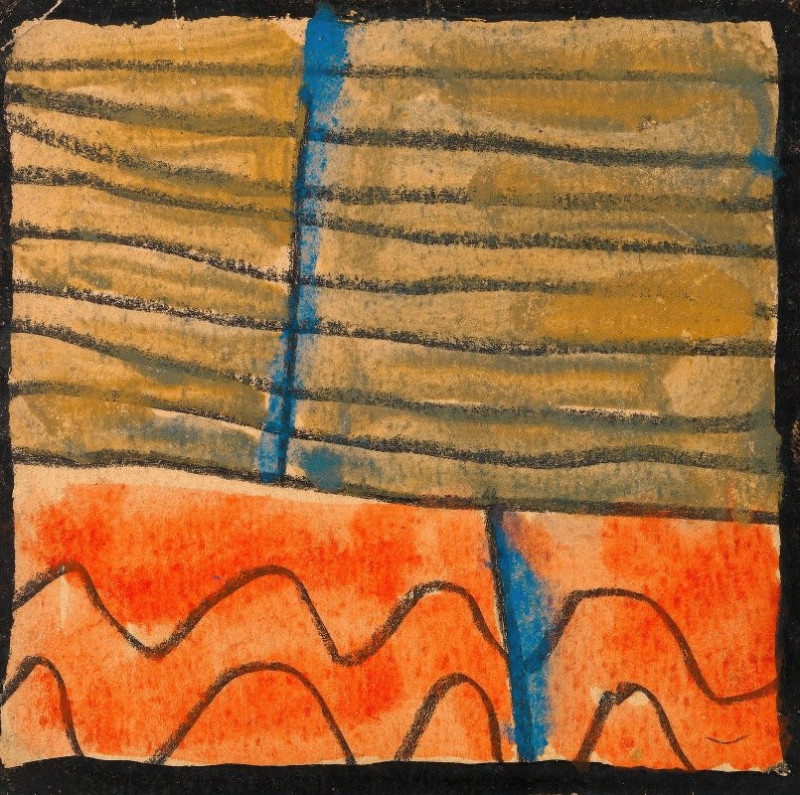
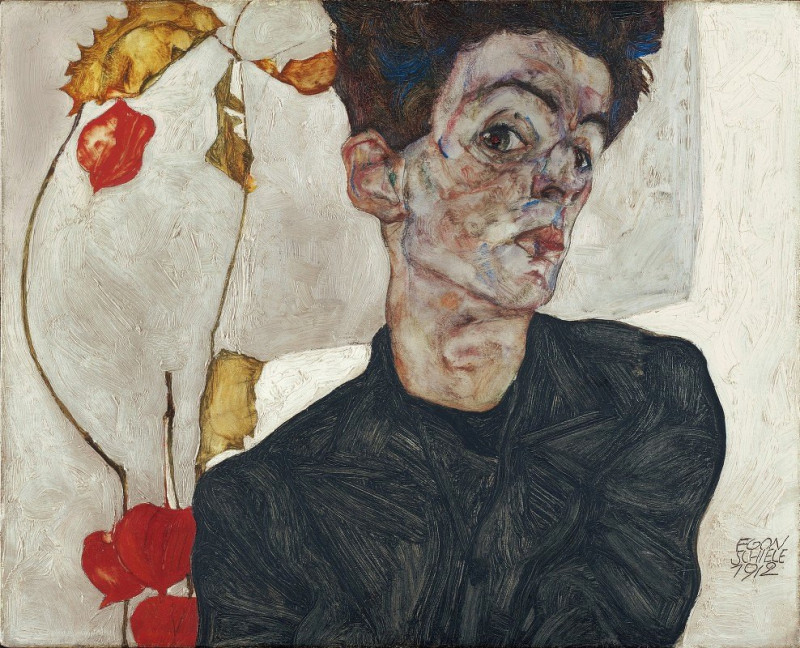
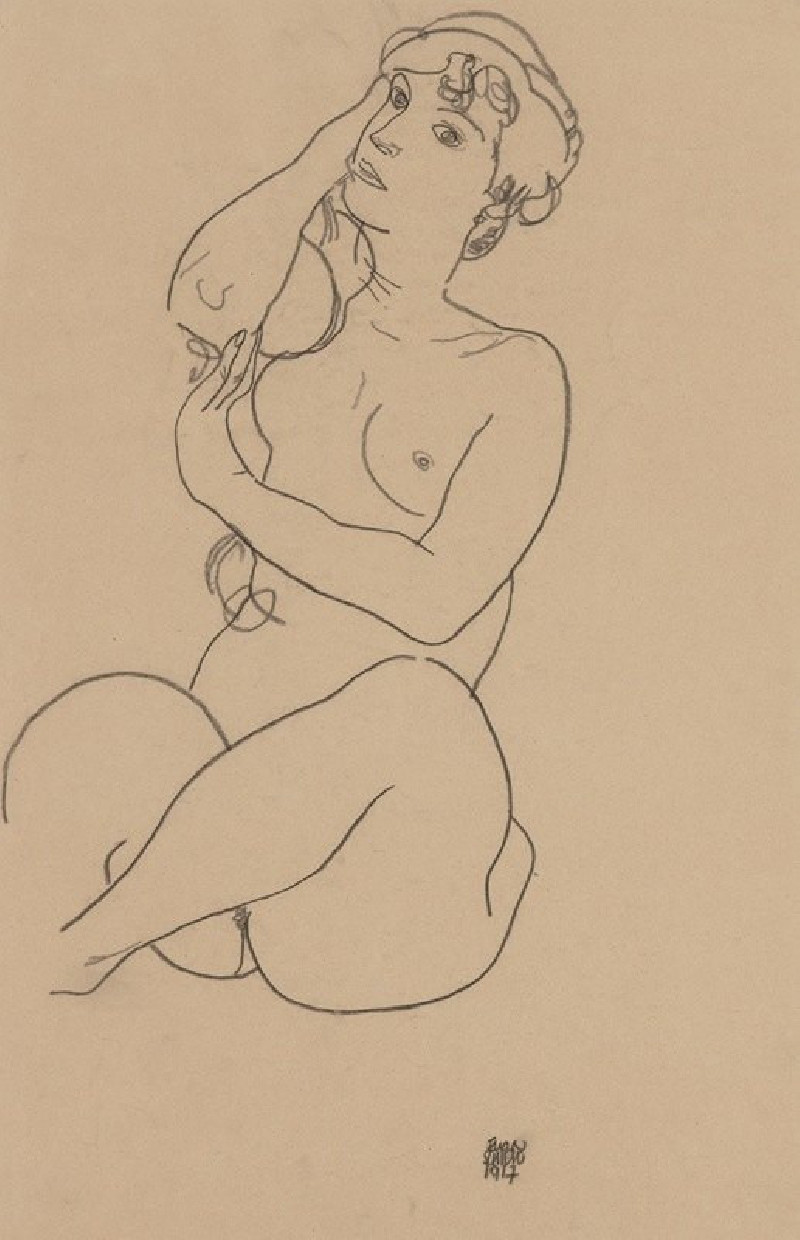
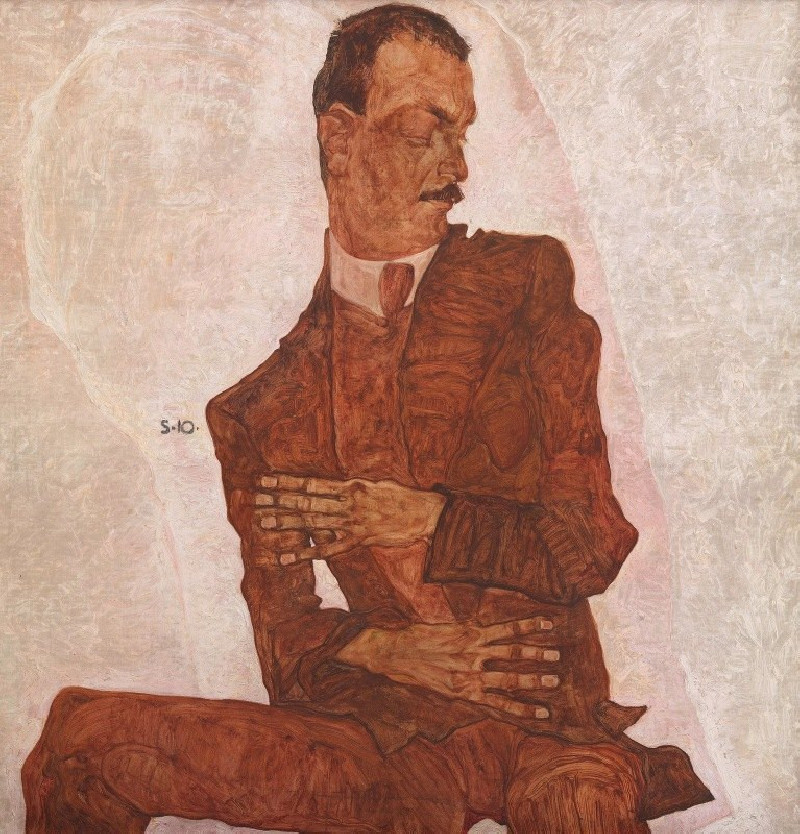
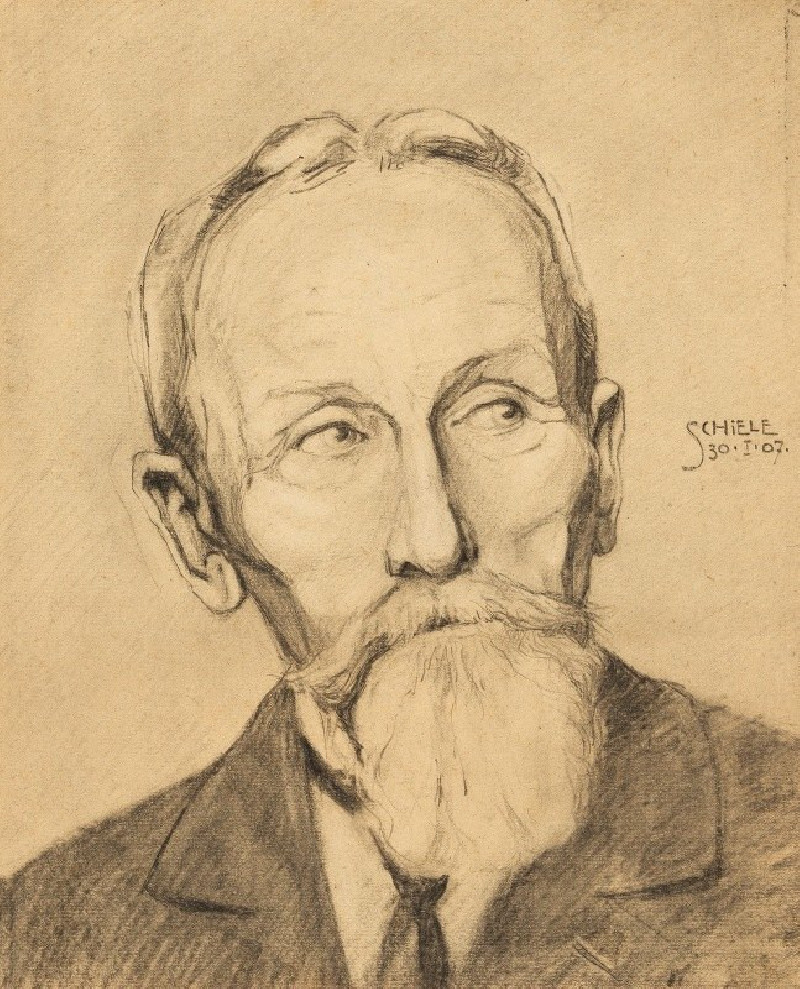
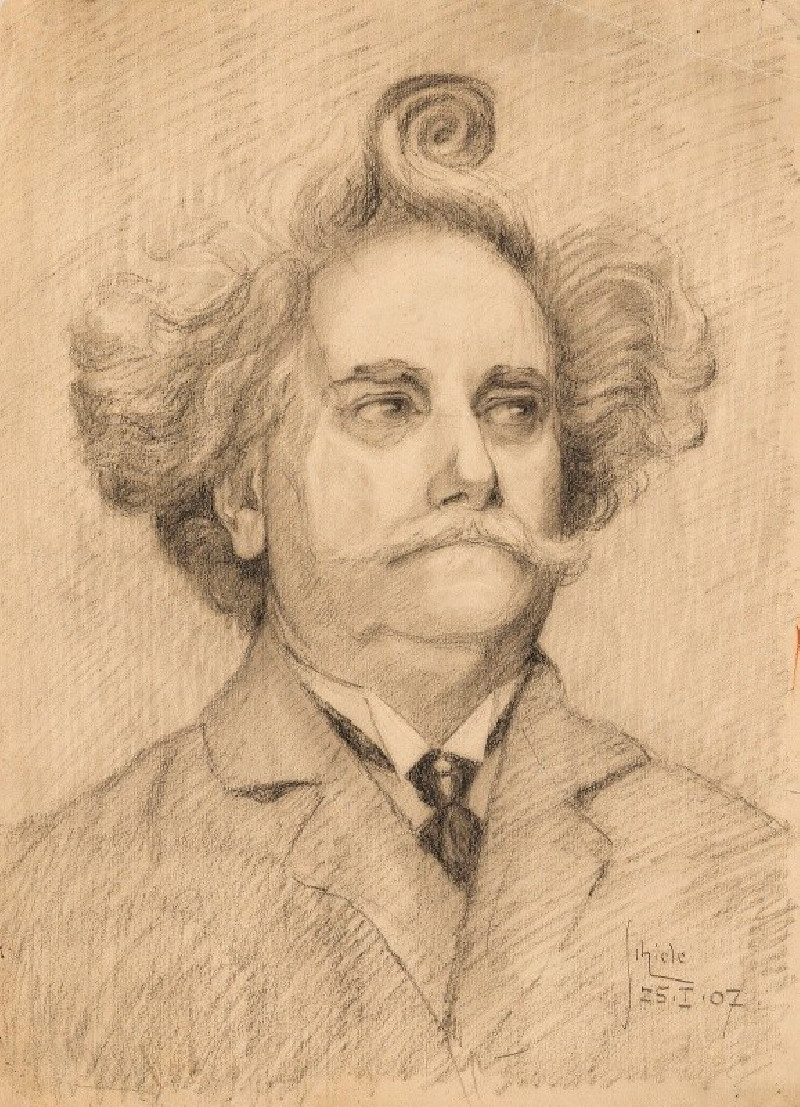
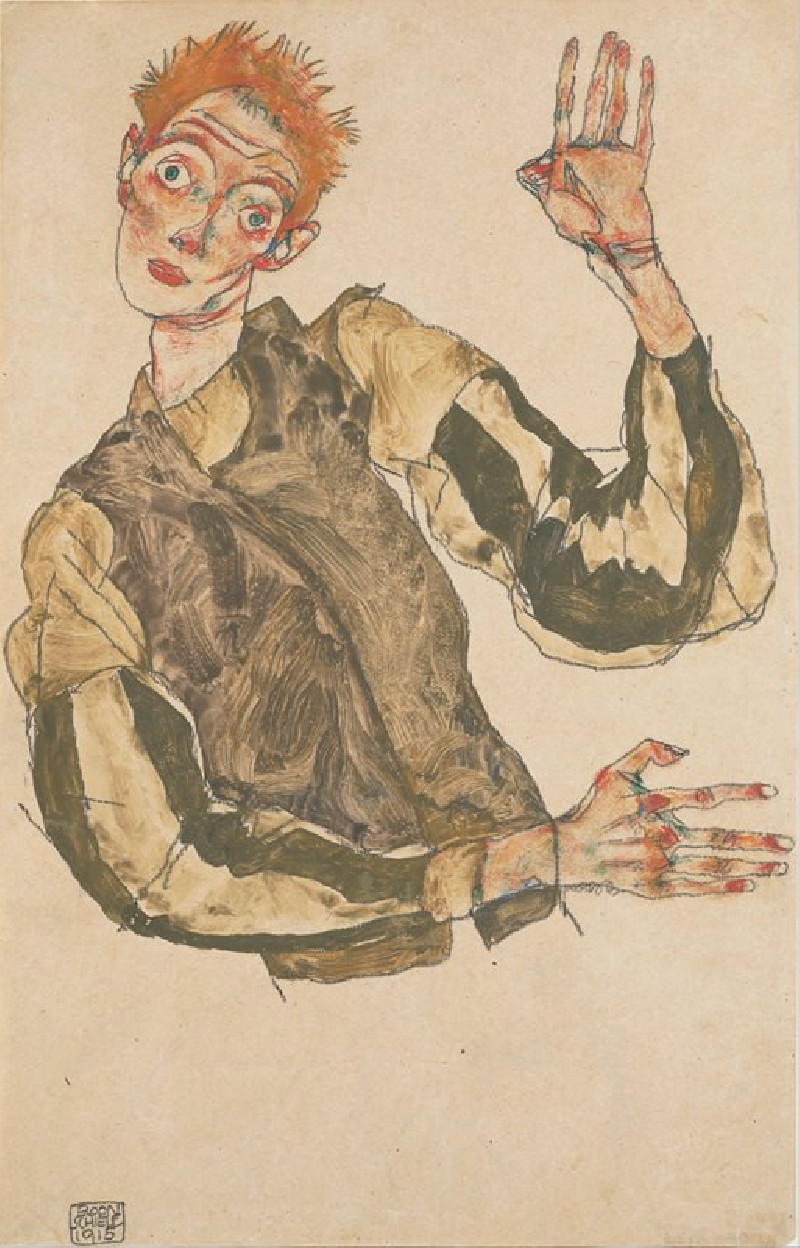
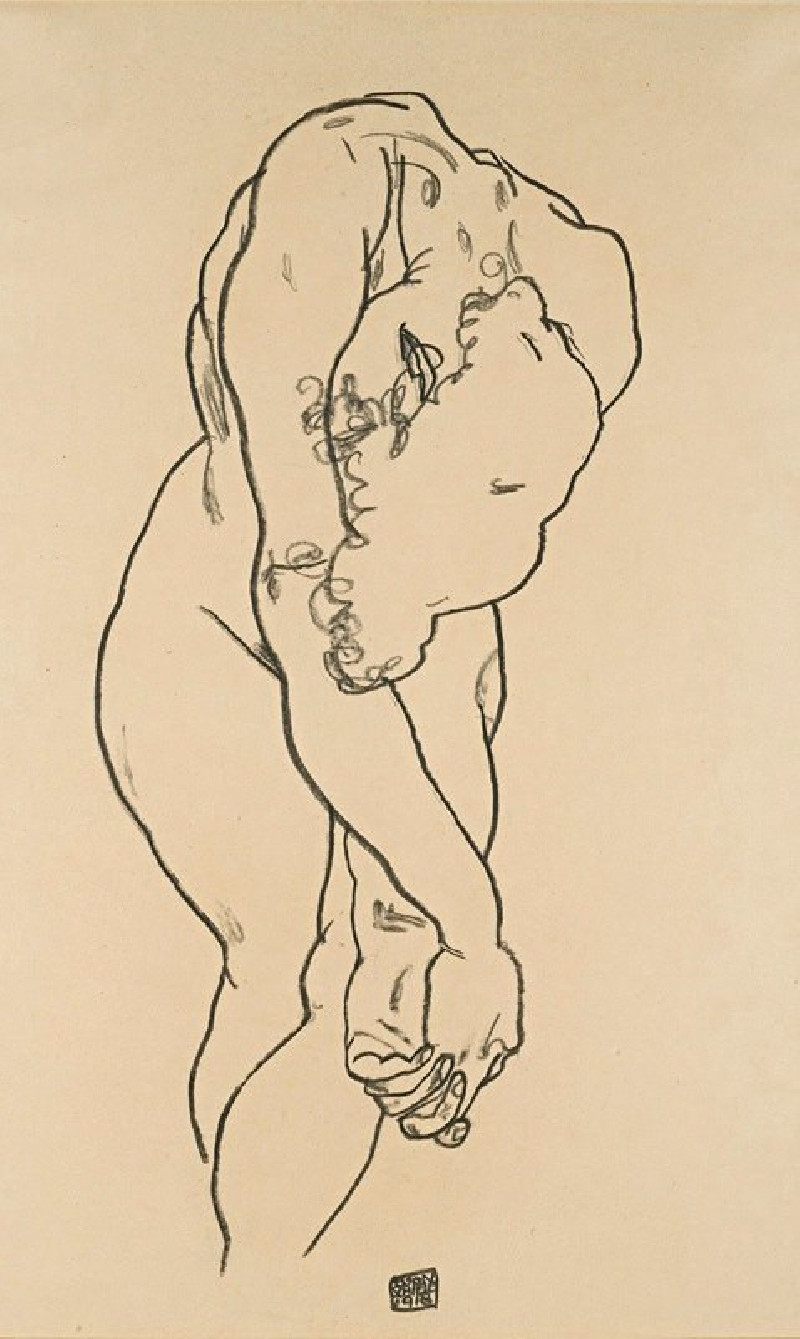
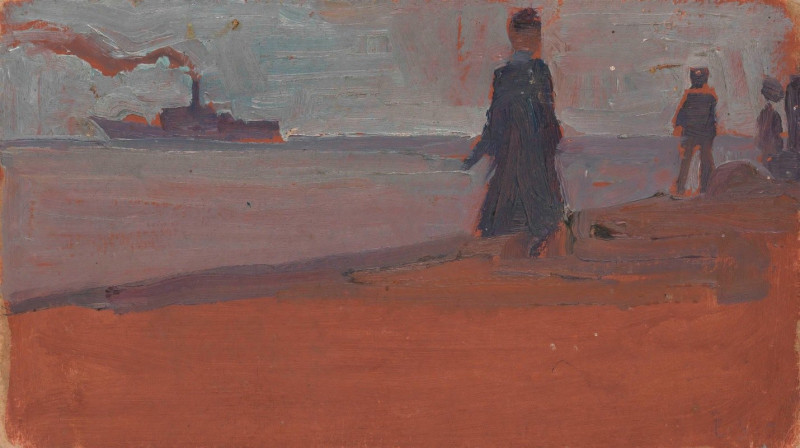

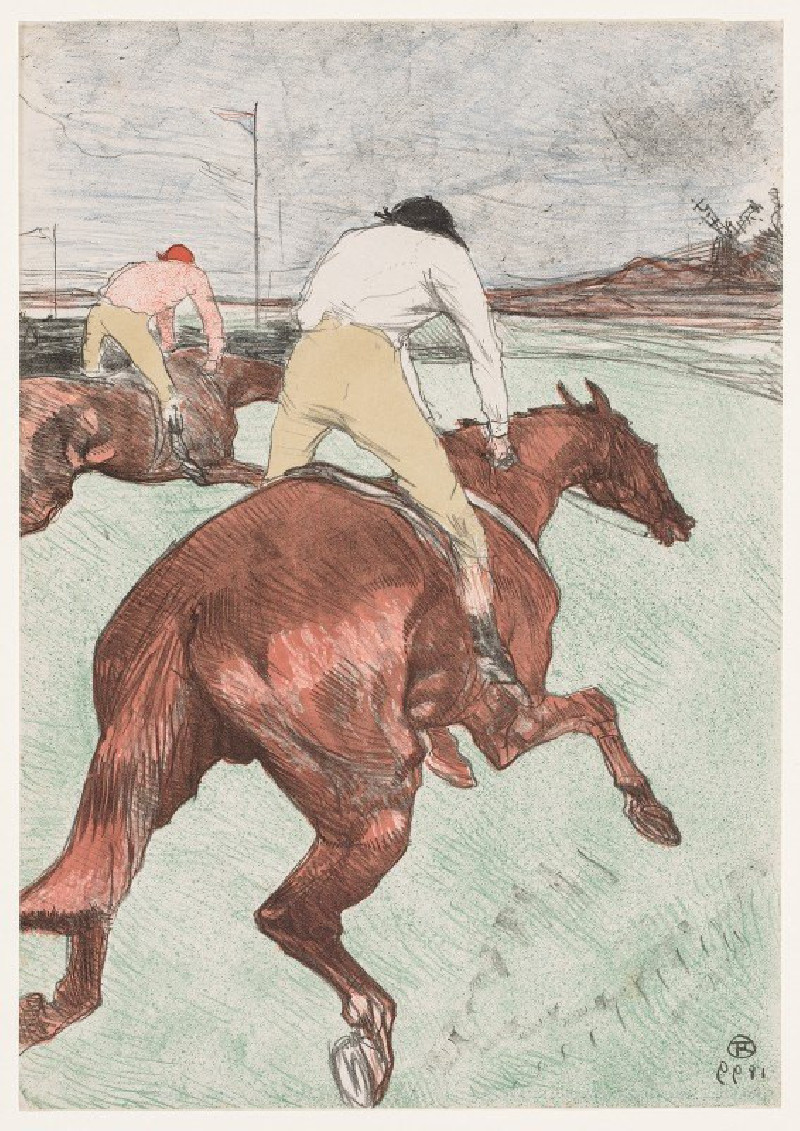
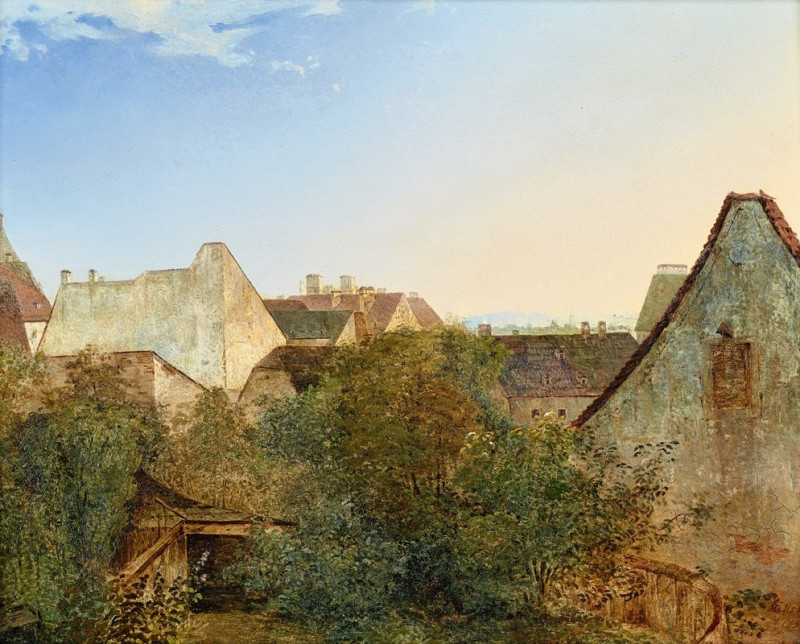
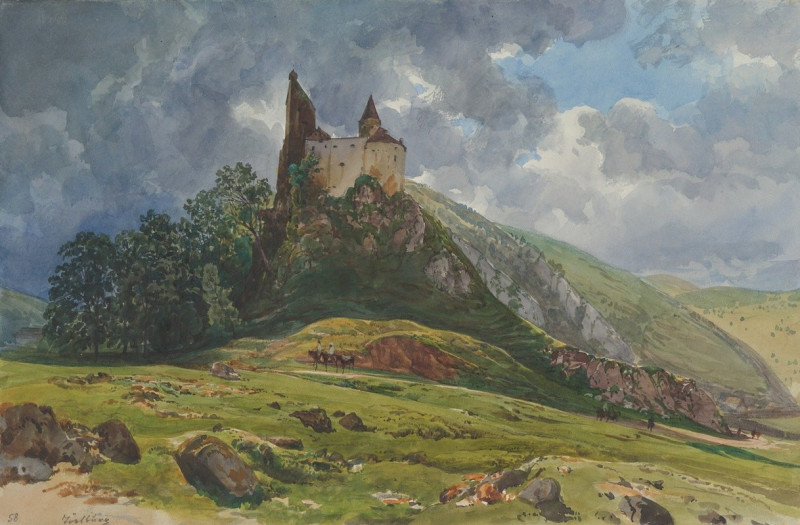
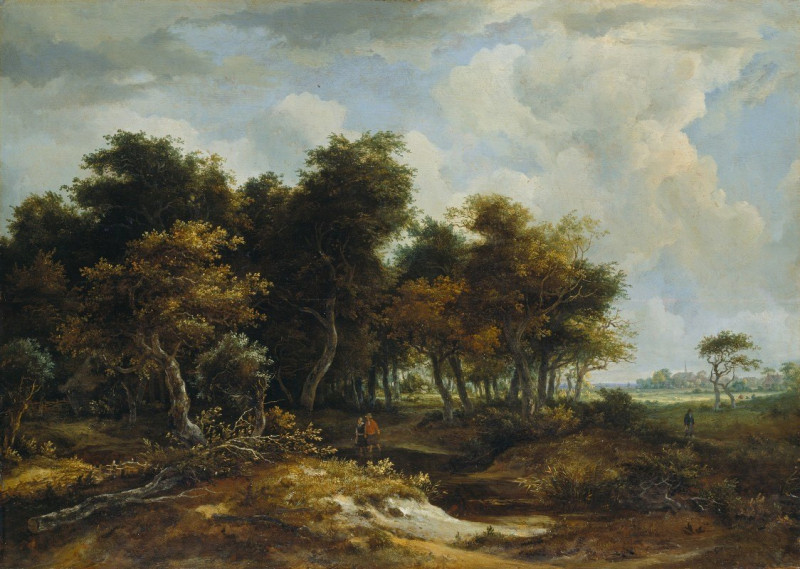
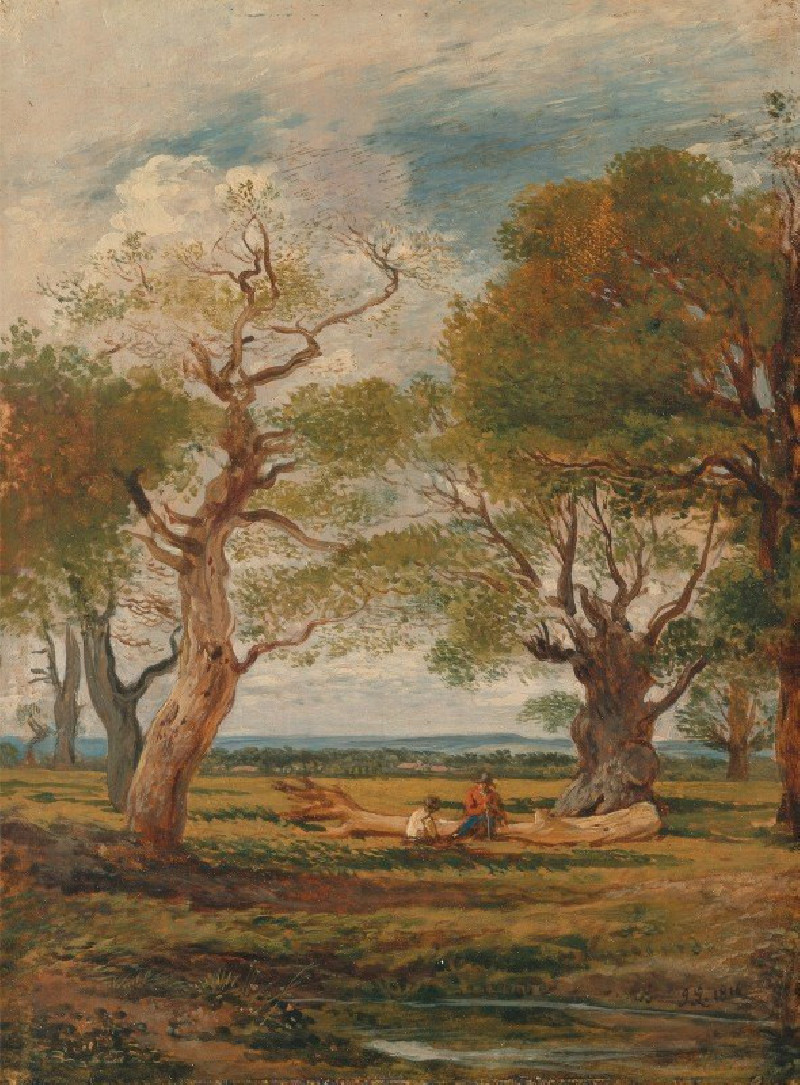
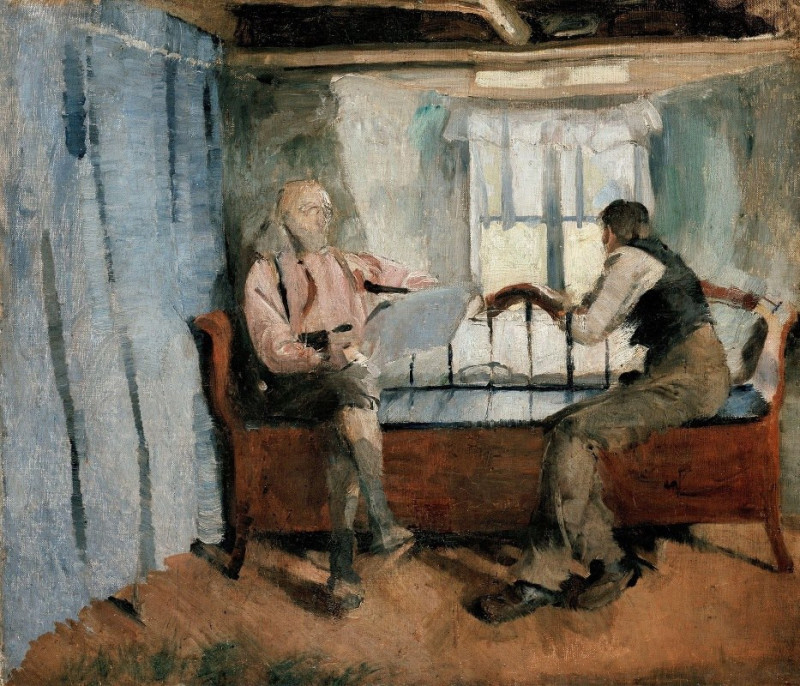
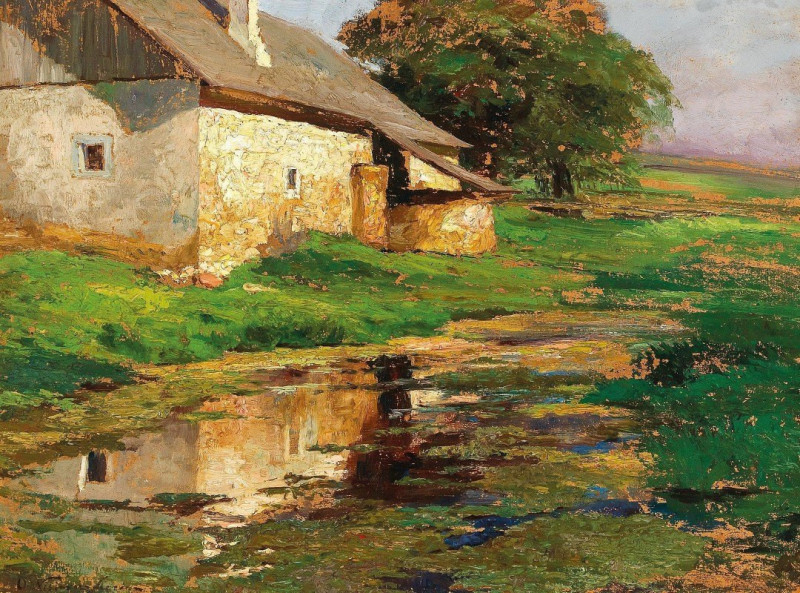
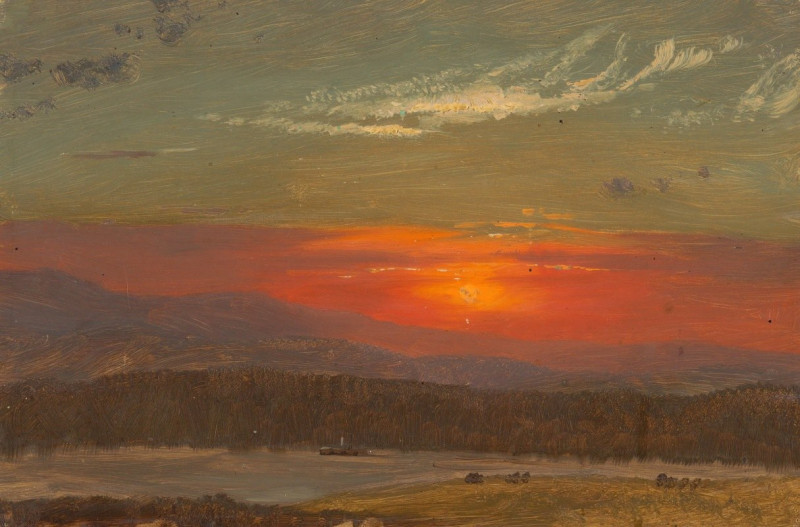
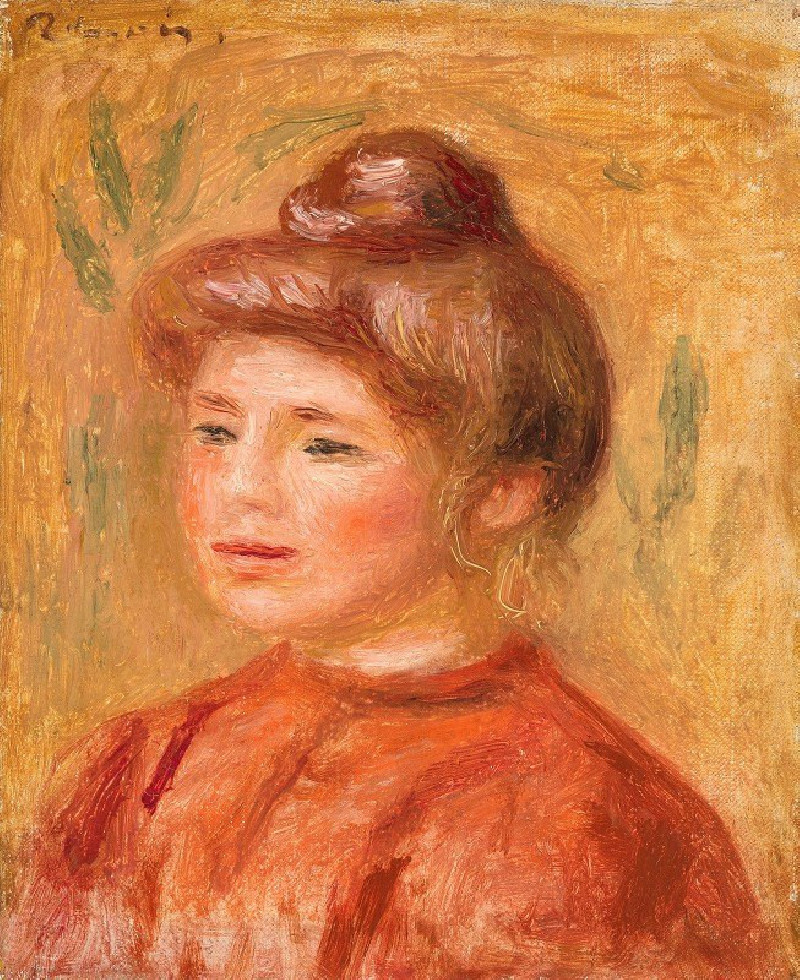
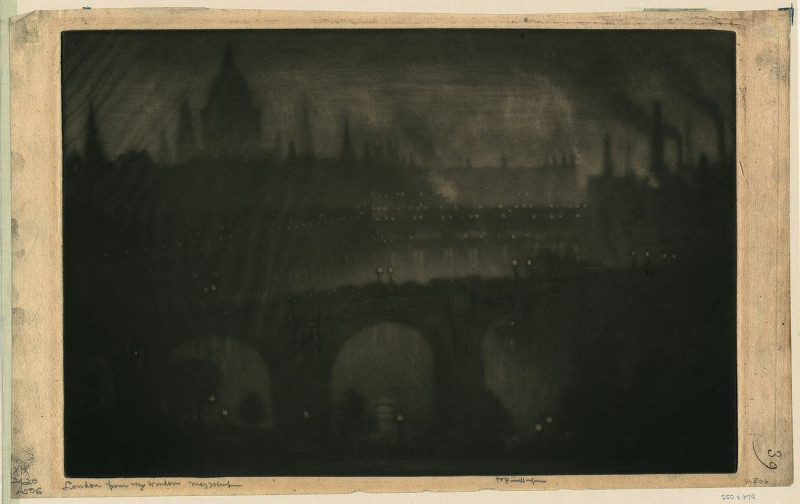
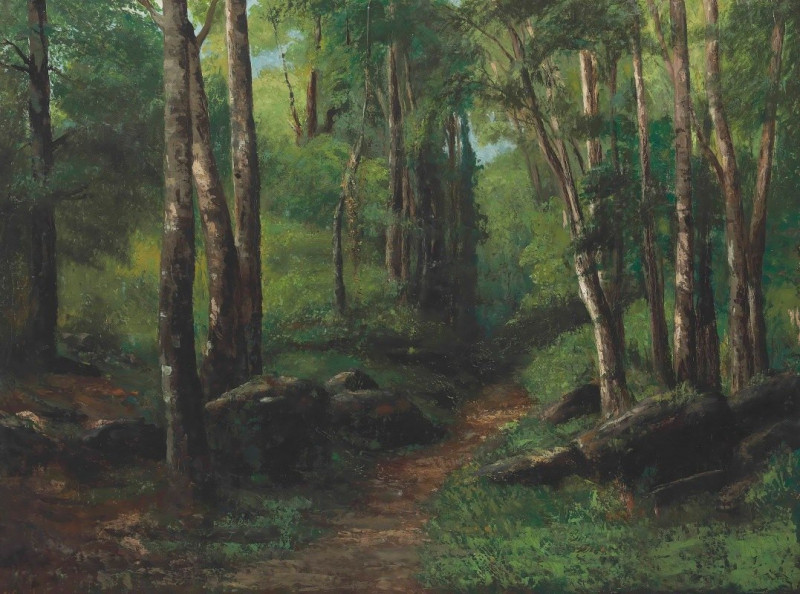

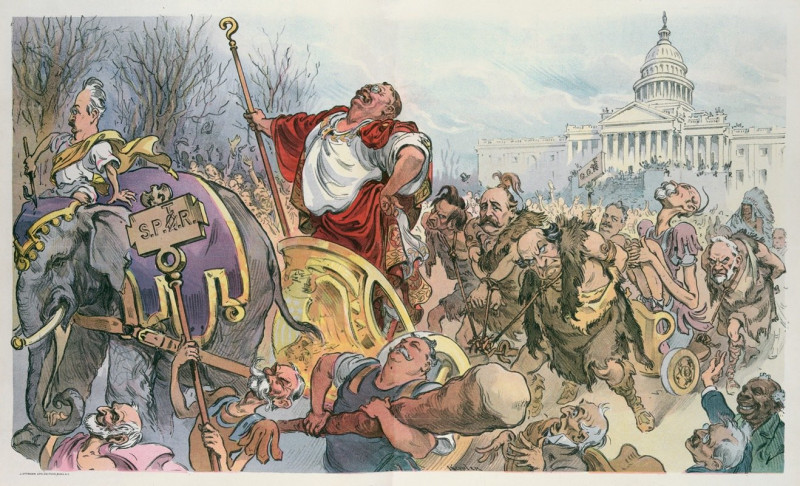
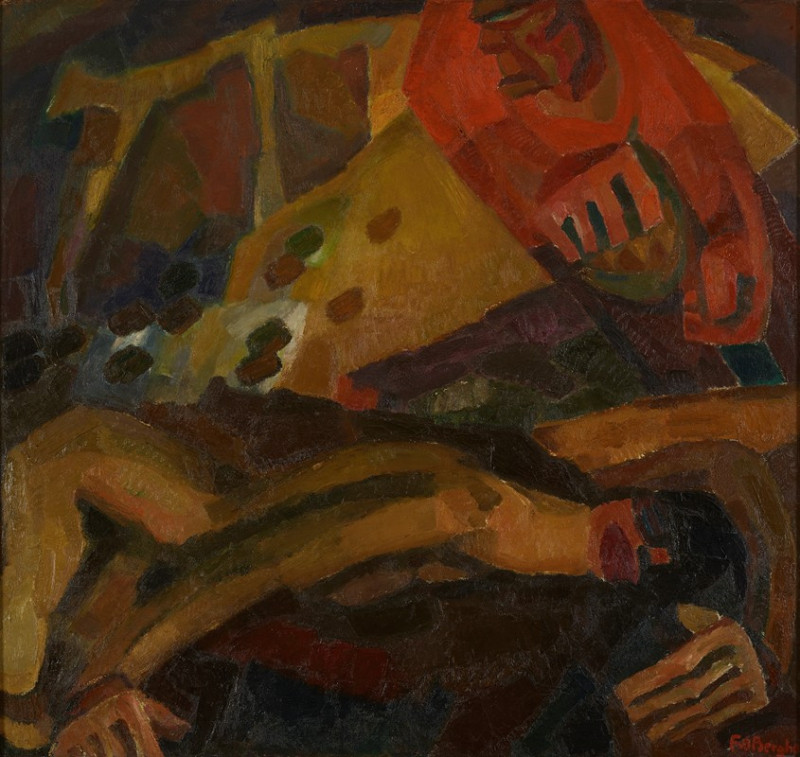
![Temple of Edfou [Idfû], ancient Appolinopolis, Upper Egypt. (1846-1849) reproduction of painting by David Roberts. ALL GICLEE...](https://reprodukcijos.lt/39162-large_default/reproduction-of-temple-of-edfou-idfu-ancient-appolinopolis-upper-egypt-1846-1849.jpg)
